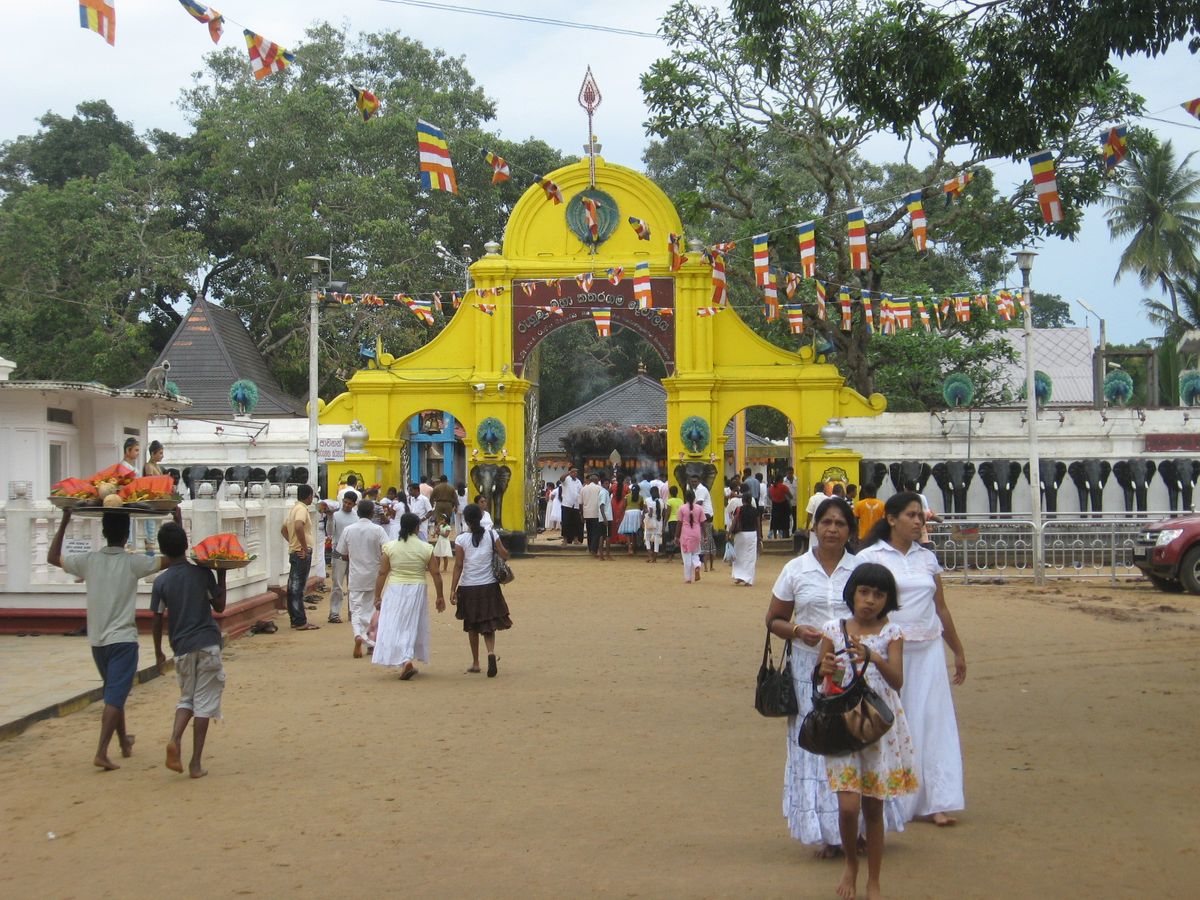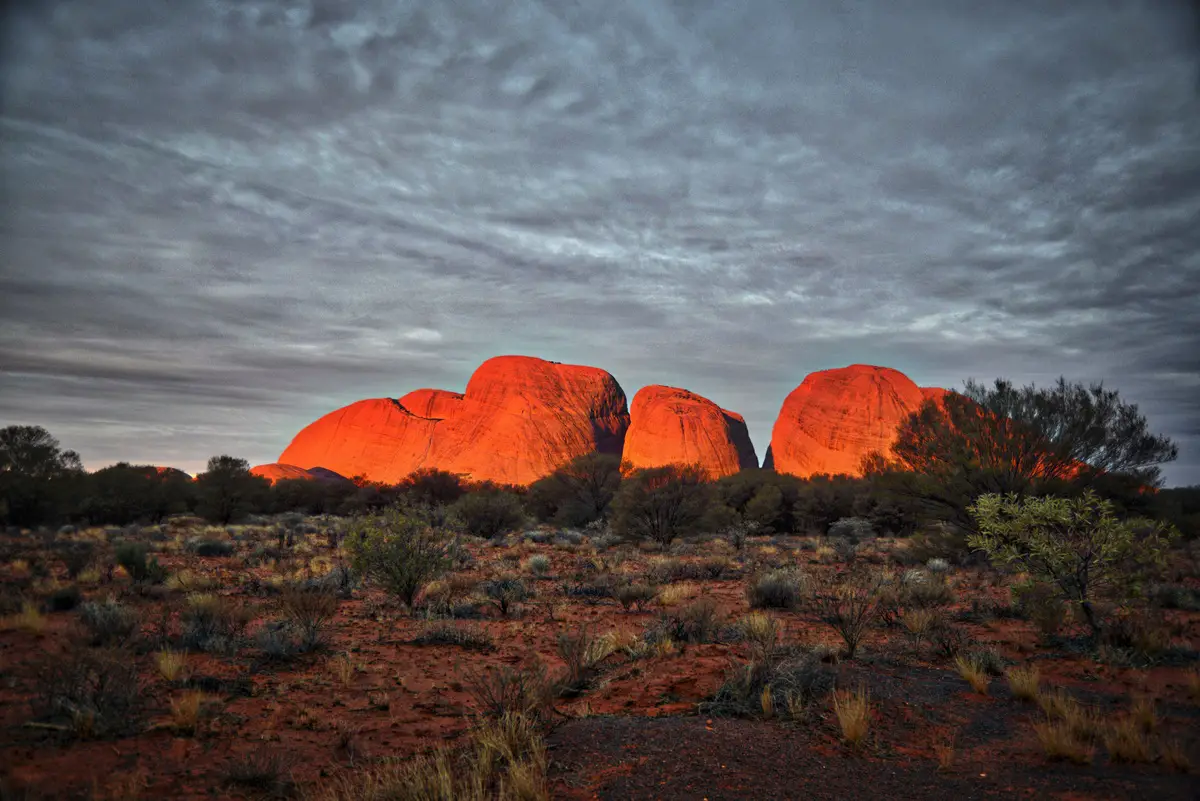Wondermondo 🢖 Categories of wonders 🢖 Architectural wonders 🢖 Religious architecture 🢖 Other contemporary shrines
Category
Other contemporary shrines
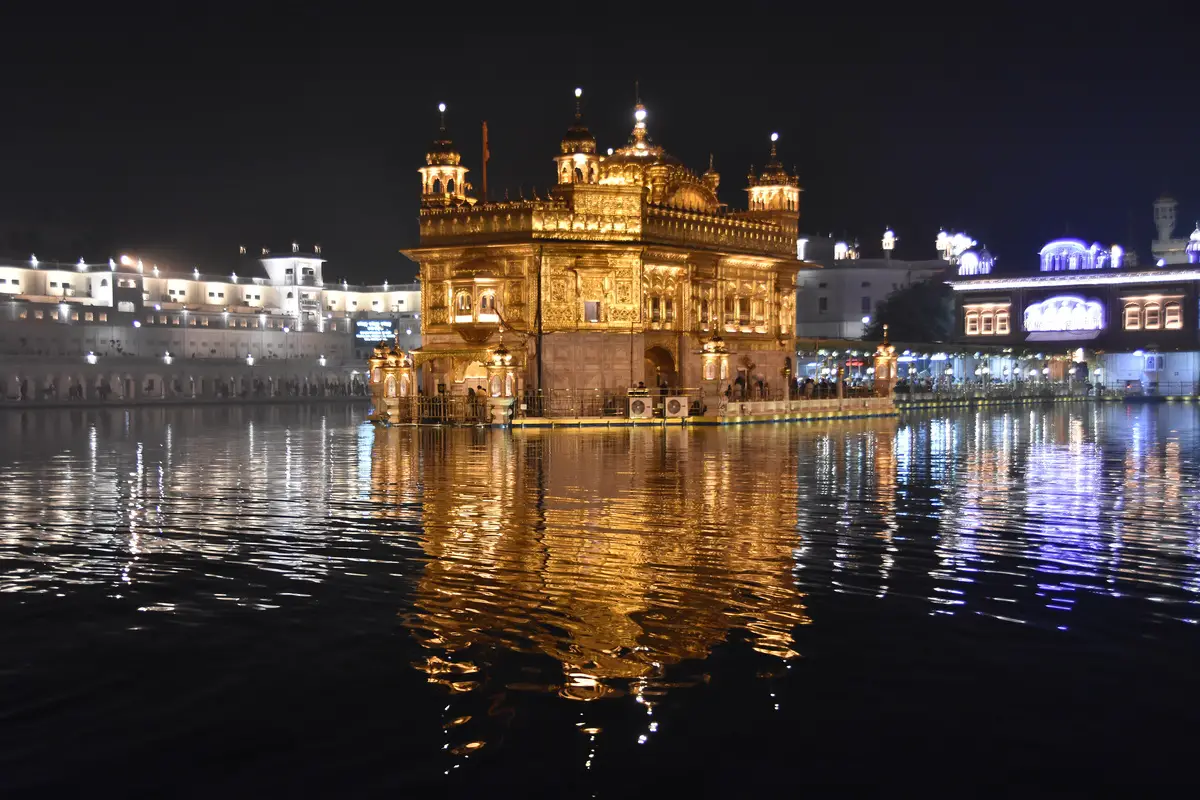
 Described other contemporary shrines
Described other contemporary shrines
If you see this after your page is loaded completely, leafletJS files are missing.
 What is included in this category?
What is included in this category?
Besides Christianism, Islam, Buddhism, Hinduism, Jainism and Judaism there are many more existing religions in world. Many of these religions have very interesting shrines and temples, which are no less impressive and sophisticated than the temples of large religions. Here are shortly outlined the specifics of sacred sites and worship structures of some of these religions, as arranged by the number of believers:
Sikhism
Sikhism is a comparatively new religion established by Guru Nanak (1469 – 1539) in Punjab (India) sometimes around 1507. Sikh faith was further developed by nine next Gurus living up to 1708. After the last human Guru there came Guru Granth Sahib – holy scripture and this is the sole and final guru. With 20 – 30 million followers Sikhism is the next largest religion after the four large religions in the world.
Sikh place of worship is named – gurdwara – literally "the doorway to guru". People of all faiths are welcomed to gurdwaras but should pay respect and follow certain rules of conduct. Gurdwaras can have different shapes – but almost all have a dome (gumbad). Sikh architects have mastered using artificially created water bodies to excel in the beauty of temples.
By far the most significant gurdwara is Harmandir Sahib (India, Punjab) in Amritsar. This gold-covered building is one of the highest achievements in Sikh architecture.
Bahá’í Faith
Nowadays Bahá’í Faith has some 7,6 – 7,9 million followers in the whole world. There are not many shrines of this religion but those few in existence are well worth mentioning. Bahá’í Faith believers try to build architectonically expressive buildings surrounded by beautiful parks. The holiest and the most important one is Shrine of Bahá’u’lláh (Israel, Acre) – it contains the remains of Bahá’u’lláh himself. Next in importance is the beautiful Shrine of the Báb (Israel, Haifa) – here is laid to rest Báb – the forerunner of Bahá’u’lláh. This shrine is special due to its beautiful terraced park.
Elsewhere in the world there are several Bahá’í Houses of Worship. Notable is the House of Worship in India (Delhi) – Lotus Temple – built in 1986 and renowned due to its beautiful architecture.
Shinto
Japan does not have single main religion and the Japanese often feel as belonging to several religions at once. Shinto has evolved from more ancient Japanese traditions and religious practices and up to this day this religion serves as a spiritual link between the stressed urban life of contemporary modern Japan and the harmony of nature. In its divination of nature, this contemporary religion has many similarities to animism.
Shinto shrines have made Japan renowned in the whole world as a culture with exquisite and sophisticated taste and great achievements in search for harmony between design and nature. Some of the most renowned ones are – Ise Grand Shrine (Mie, Japan), Itsukushima Shrine (Hiroshima, Japan) with its floating wooden gate, and Izumo-taisha (Shimane, Japan) with a very long history and once most popular pilgrimage site in Japan.
Cao Đài
In 1926 in northern Vietnam there was born new religion – Cao Đài (Kingdom of Heaven). This religion requires its followers to be vegetarians, to respect non-violence, and to venerate deceased ones.
Homecity of this religion is Tây Ninh (Vietnam, Tây Ninh). Here is also located the beautiful Holy See of Cao Đài religion – Cao Đài Temple (1933 – 1955).
Zoroastrianism
Among the contemporary religions Zoroastrianism stands out as a very ancient religion both regarding its religious practices and its actual history. It is based on the teachings of the Iranian prophet and poet Zoroaster (Zarathushtra) who lived more than 3000 years ago. Zoroastrianism could be considered to be a state religion in Iran up to the coming of Islam in the 7th century, it was widespread in the whole of Central Asia.
Zoroastrians gradually lost their influence in the 7th – 9th centuries and often were forced to migrate to different regions – to remote places in Iran and also to Gujarat in India. Nowadays there are roughly 145 – 210 thousand Zoroastrians, approximately half of them living in India.
Site of Zoroastrianism worship is called – fire temple. Most venerated fires have been extinguished long ago – but legend goes that more than a thousand years ago a group of refugees brought a sacred fire to India, Gujarat. Here it has been preserved and today is burning in Udvada Atash Behram. There are eight more fire temples of the highest degree (Atash Behram) – all in India, except for the newest one in Iran, Yazd.
Other articles
Wondermondo has defined several other categories of religious structures:
- Religious architecture – list of more than 60 most interesting and impressive religious structures and sites around the world.
- Buddhist shrines
- Churches
- Christian monasteries
- Hindu shrines
- Islamic shrines
- Jain shrines
- Judaism monuments, sinagogues
- Ancient pyramids
- Ancient and prehistoric shrines
 Top 25 other contemporary shrines
Top 25 other contemporary shrines
Africa
Devil’s Mountain
Western Sahara
Giant natural monolith – a rounded and very unusual mountain with a smooth surface, rising hundreds of meters above the desert. Prehistoric rock art (4 000 – 1 000 BC), sacred and even mystical place to Sahrawi people.
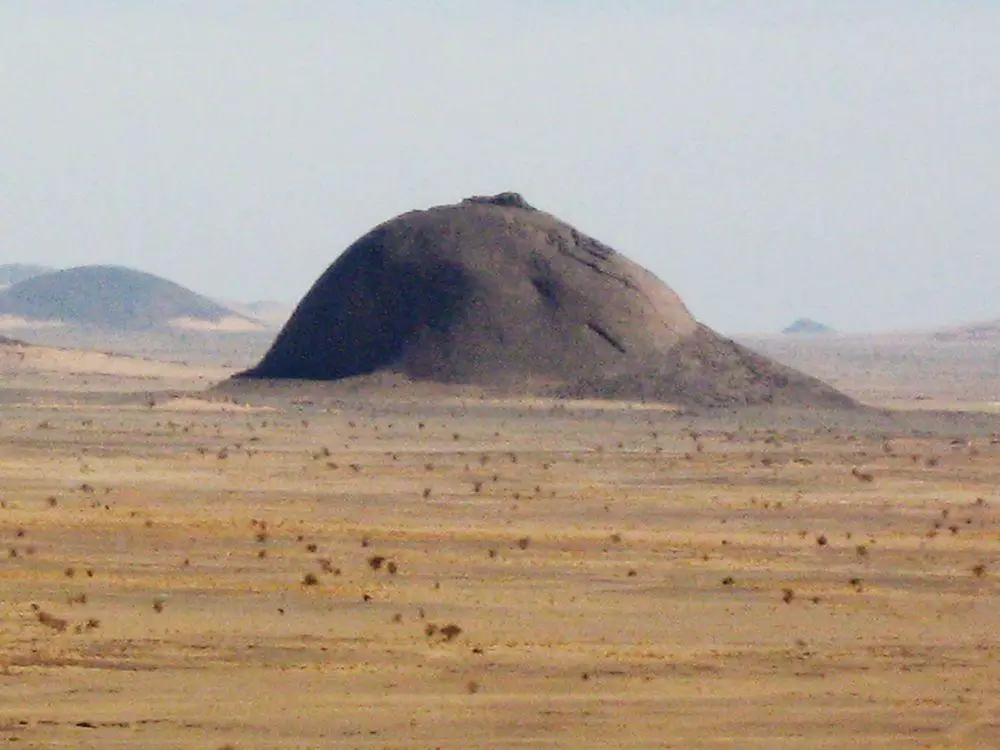
Kampti shrines
Burkina Faso
Site with numerous fetish statues, a center of local animists. The cult of sacrifice continues up to this day, locals have numerous stories of apparitions and unusual events.
Ogbunike Caves
Nigeria
Sacred site – impressive caves in a tropical forest. This location is sacred up to this day.
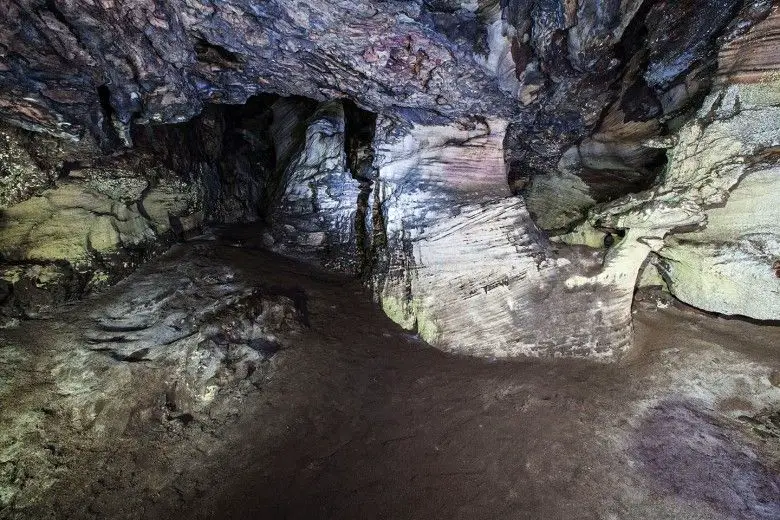
Komana of Moremi
Botswana
Important shrine of the Bapedi people. This shrine is strictly and secretly guarded by local people, and the tradition of priesthood and shamanism is still alive here.
Asia
Harmandir Sahib
India
The holiest site for Sikhs, originally built in 1574 and rebuilt in 1588 – 1604. It is a gold-covered temple, surrounded by a manmade lake.
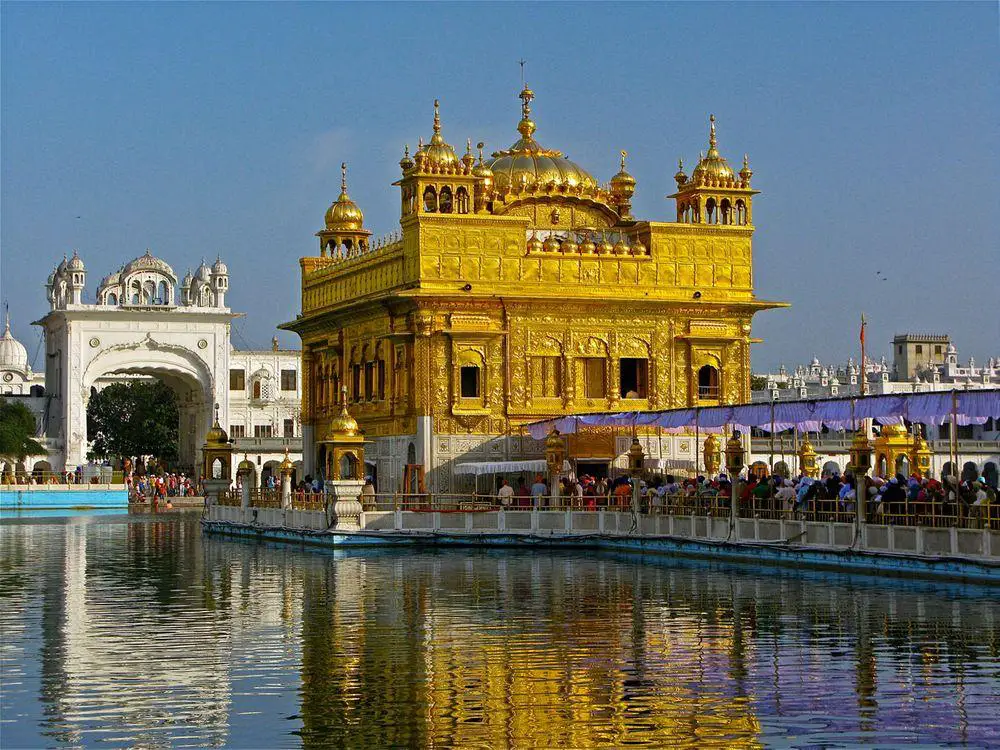
Mount Kailash
Tibet
Visually very impressive mountain, 6638 meters high. It is a very sacred site for many of the religions of Asia, including Buddhism, Hinduism, and Jainism. It is off-limits to people due to its religious significance. Pilgrims walk around the mountain on a 52 km long trek.
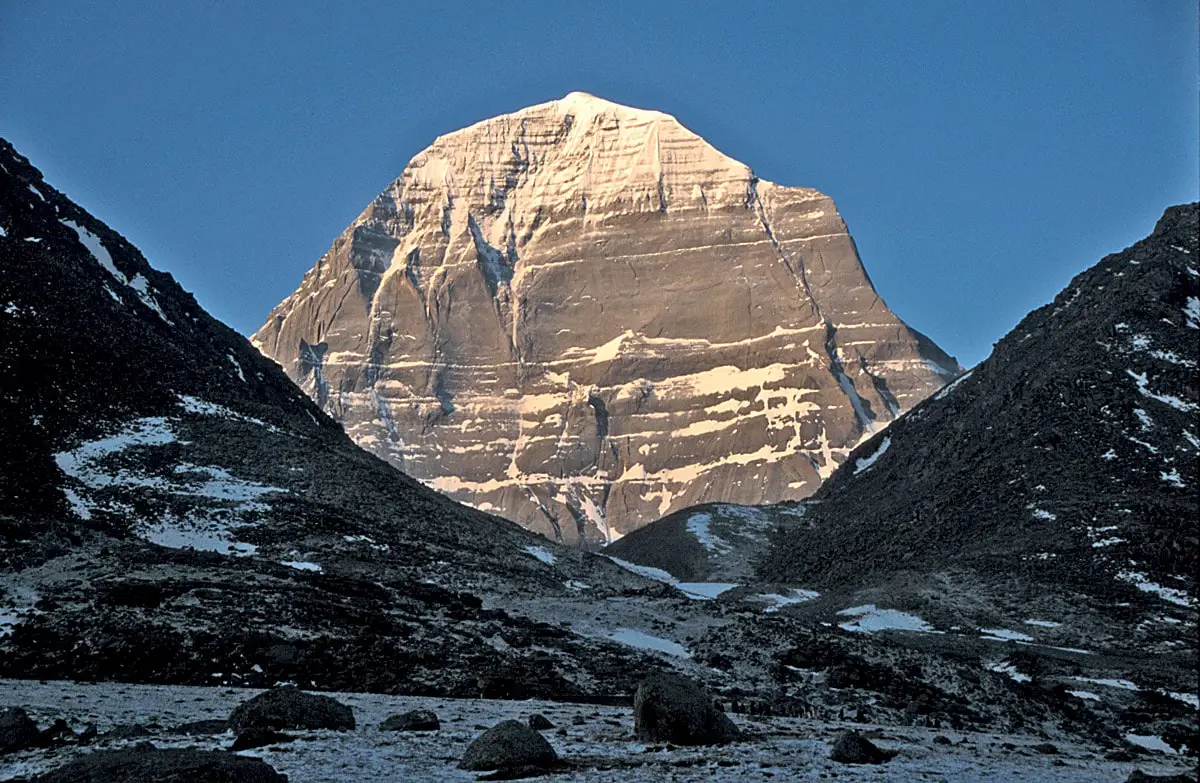
Itsukushima Shrine
Japan
This is one of the most beautiful Shinto shrines, with its design established in 1168. A famous feature of the shrine is a wooden gate (torii) that stands in the sea. This is one of the symbols of Japan.
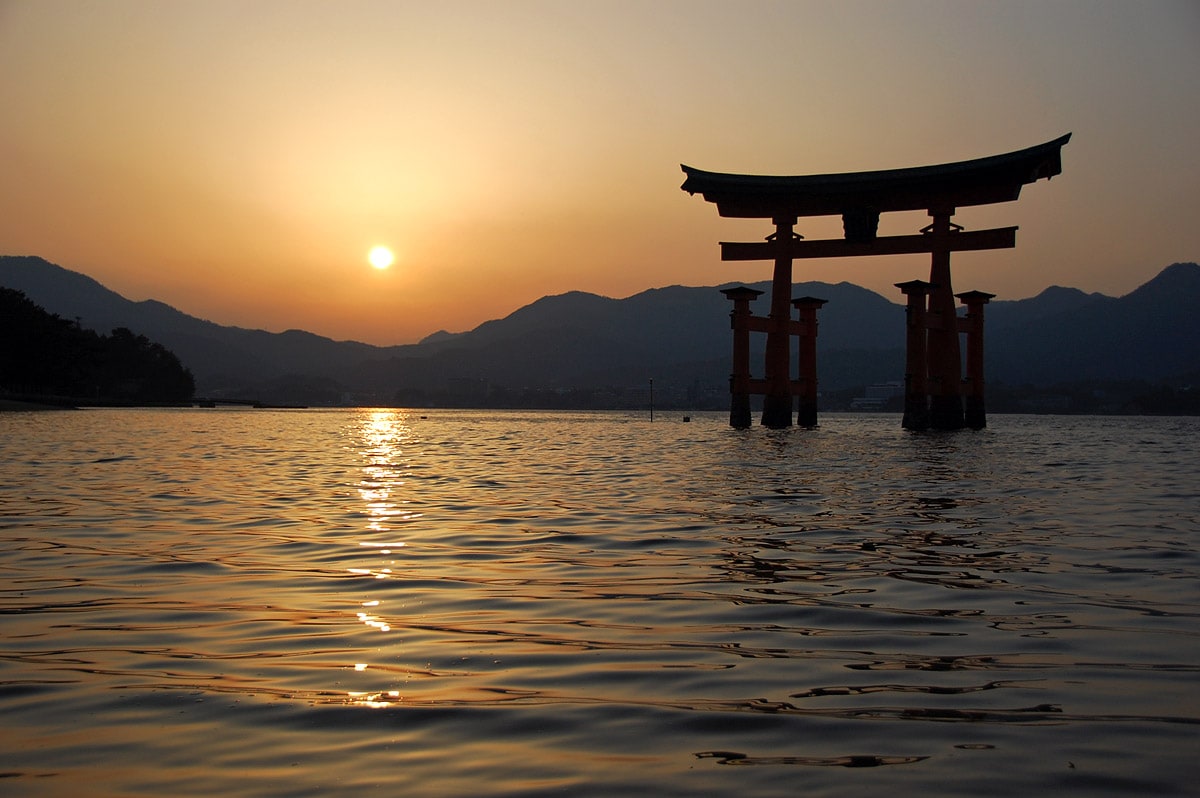
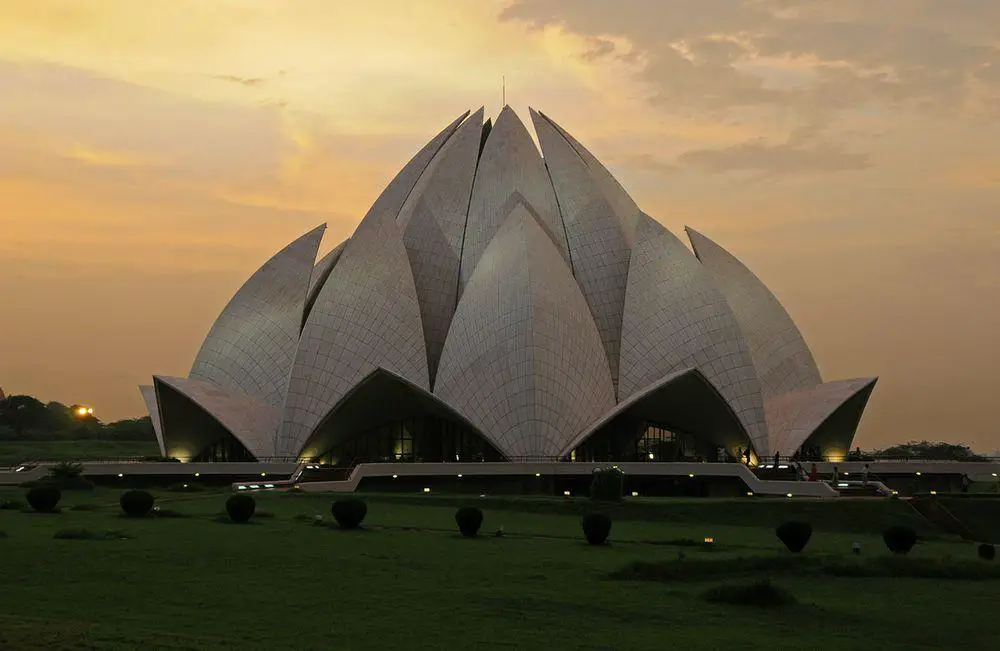
Fushimi Inari
Japan
The head shrine of goddess Inari, a large temple complex developing since 711 AD. An unusual feature is a path to the inner shrine covered with thousands of wooden gates (torii) donated by businessmen and individuals – as Inari is the goddess of industry and worldly success.
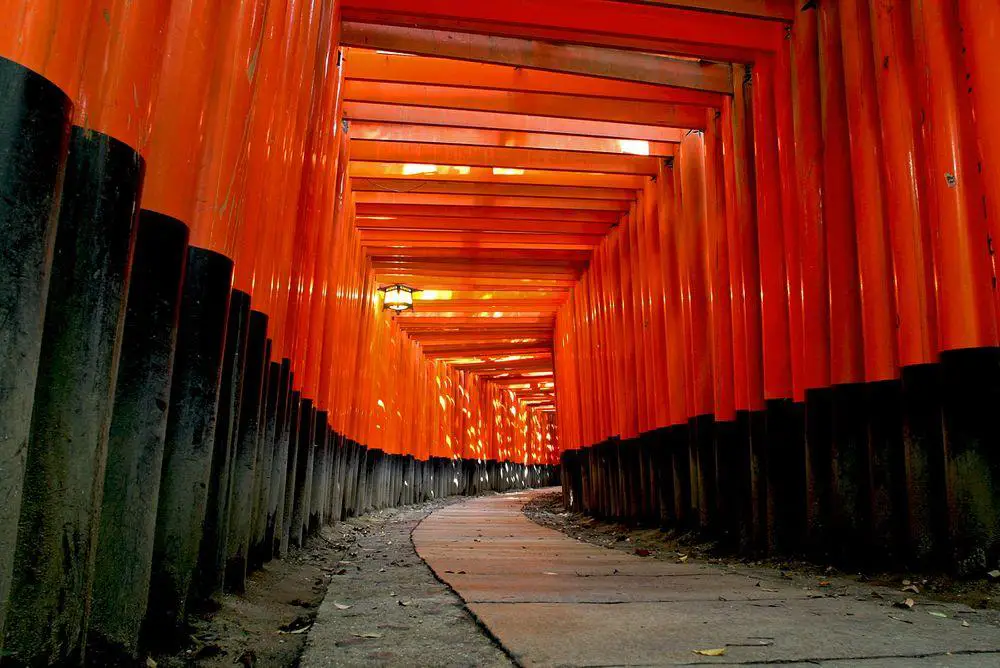
Temple of Heaven
China
Beautiful Taoist temple – temple of emperors of China, constructed in 1406 – 1420. The architecture and planning of the temple and even minor details are full of symbolism.
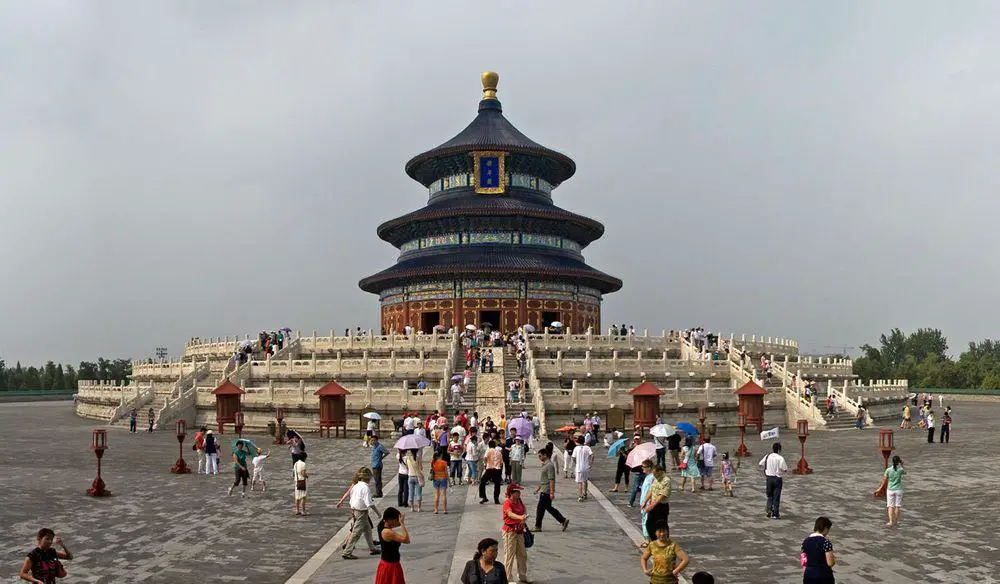
Akal Takht
India
The seat of temporary Sikh religious authority – ornate building with gold-covered cupolas, located next to Harmandir Sahib.
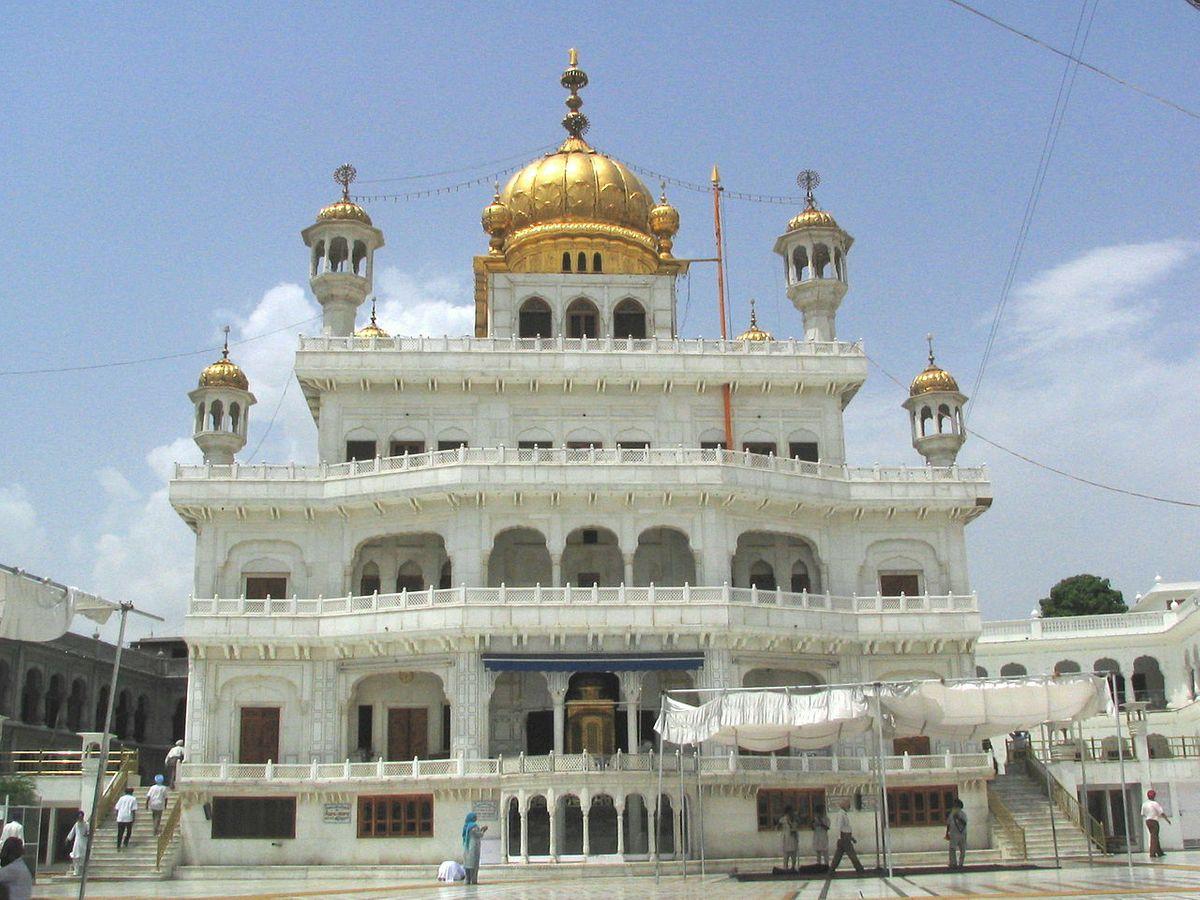
Nikkō Tōshō-gū
Japan
One of the most beautiful Shinto temples in Japan was initially constructed in 1617. The complex of buildings includes Yōmeimon – a richly decorated gate. The incredibly ornamented buildings contain countless symbols, including the famous three monkeys who hear, speak, and see no evil.
Kataragama
Sri Lanka
Pilgrimage town, a sacred place to many cultures, including indigenous Vedda, Hindus, Buddhists, and Muslims. Main site of the veneration of Kataragama – a local deity for more than 2,000 years.
Ise Grand Shrine
Japan
One of the holiest Shinto shrines, especially the inner shrine – Naikū. Here is worshipped goddess Amaterasu-ōmikami. It is considered that the history of this shrine goes back to 4 BC, the first shrine was built sometime around 692 AD. Wooden buildings are built in a specific style and rebuilt every 20 years.
Meoto Iwa
Japan
Shinto shrine – two rock stacks that are joined by a rope. According to Shinto, these rocks represent the union between a man and a woman. The rope needs to be replaced several times every year.

Shimogamo
Japan
One of the oldest Shinto shrines, founded in the 6th century AD. Temple protects Kyoto from evil influence.
Usa jingū
Japan
Important Shinto shrines developed since the 8th century AD. It is possible that here in 779 AD was built the first shrine – temple of Japan was called Miroku-ji. Current beautiful buildings were built in the middle of the 19th century.
Temple of Literature
Vietnam
Temple of Confucius, the first national university in Vietnam, constructed in 1070. Temple contains many precious relics.
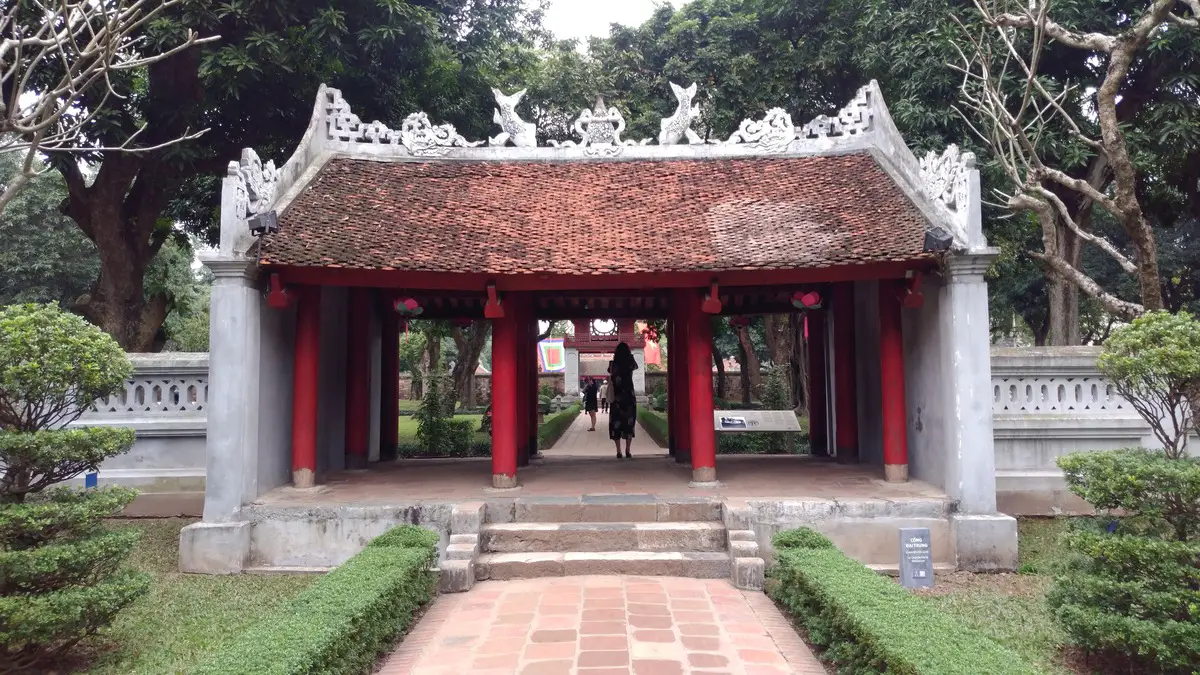
Ateshgah of Baku (Atashgyakh)
Azerbaijan
An important center of the Zoroastrian religion, a temple that was built in the 17th – 18th centuries AD. The holy fire was extinguished in 1883 by the flow of natural gas caused by the oil industry. Shrine evolved in the site where natural gas leaves the ground and natural fires often were observed. The shrine exists since the 8th century AD at least. Today here stand massive, castle-like structures.
Bahrot Caves
India
The only Zoroastrian cave temple in India. It was established in 1351 AD when Parsi were hiding here from the Muslim invasion. The holy fire still is burning here.
Okinoshima Island
Japan
This small island between Korea and Japan served as a shrine in the time period between the 4th and the 10th centuries AD. Sacrifices were made to the gods to secure a safe way for ocean-going vessels. The island is off-limits to women up to this day.
Kumano Hayatama Taisha, Kumano Hongū Taisha and Kumano Nachi Taisha
Japan
Three ancient, most important Kumano shrines, are located some 30 – 40 km from each other. This is a sacred area since prehistoric times and is believed to have special powers, e.g. in healing. For millennia, pilgrims have traveled between these shrines.
Tây Ninh Holy See
Vietnam
Centre of Cao Đài religion – an ornate building that was built in 1933 – 1955.
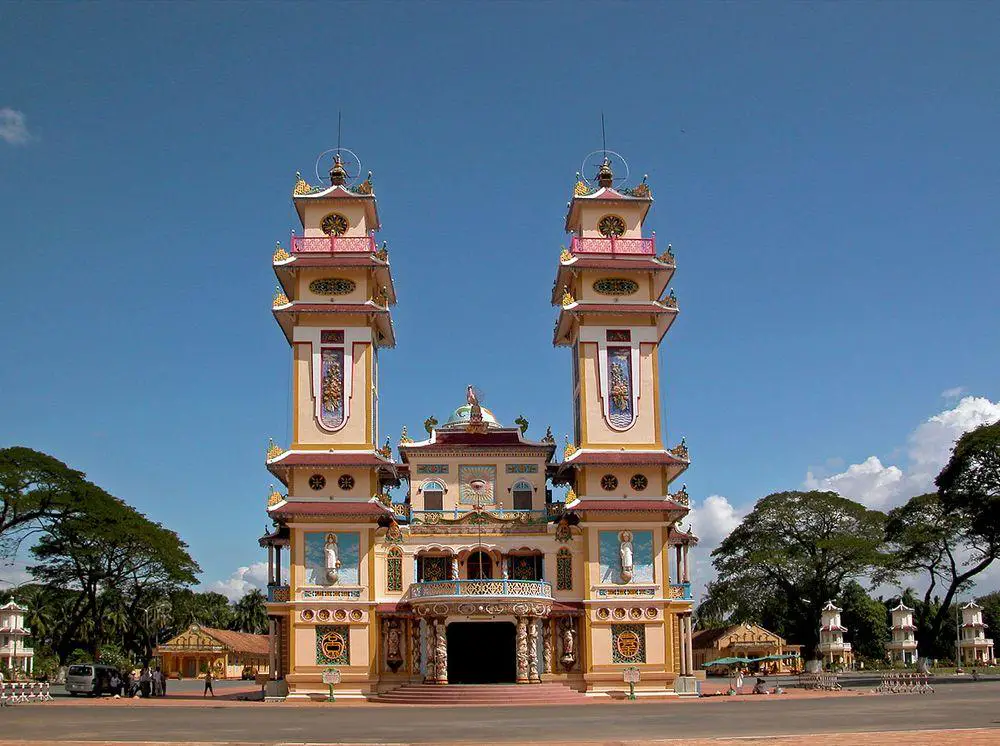
Australia and Oceania
Uluru (Ayers Rock)
Australia
One of the Australian symbols, an enormous and visually very impressive sandstone inselberg, 348 meters high, and 9.4 km in circumference. A sacred place to local Aborigine peoples. Here are many springs, waterholes, caves, and rock art sites. Endemic plants.

Kata Tjuta (Mount Olga)
Australia
Unusual, impressive monolithic rock formation, consists of 36 steep-sided domes up to 546 meters high. A sacred place to local Aboriginal people. Endemic plants.
 Recommended books
Recommended books
The Zoroastrian Flame
Zoroastrianism has always commanded interest way beyond the circles of its actual adherents. Its unbroken history and distinctive beliefs span three millennia, making it one of the world’s most venerable faiths―and also a tradition whose ideas have found favor elsewhere.
A Year in the Life of a Shinto Shrine
What we today call Shinto has been at the heart of Japanese culture for almost as long as there has been a political entity distinguishing itself as Japan. A Year in the Life of a Shinto Shrine describes the ritual cycle at Suwa Shrine, Nagasaki’s major Shinto shrine. Conversations with priests, other shrine personnel, and people attending shrine functions supplement John K. Nelson’s observations of over fifty shrine rituals and festivals.

